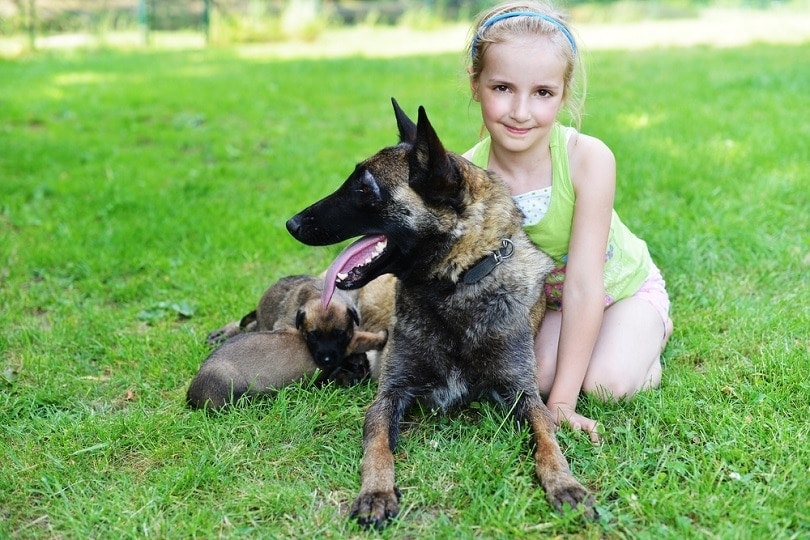What’s the Best Materials for a Dog Run Floor? 10 Awesome Options

Updated on
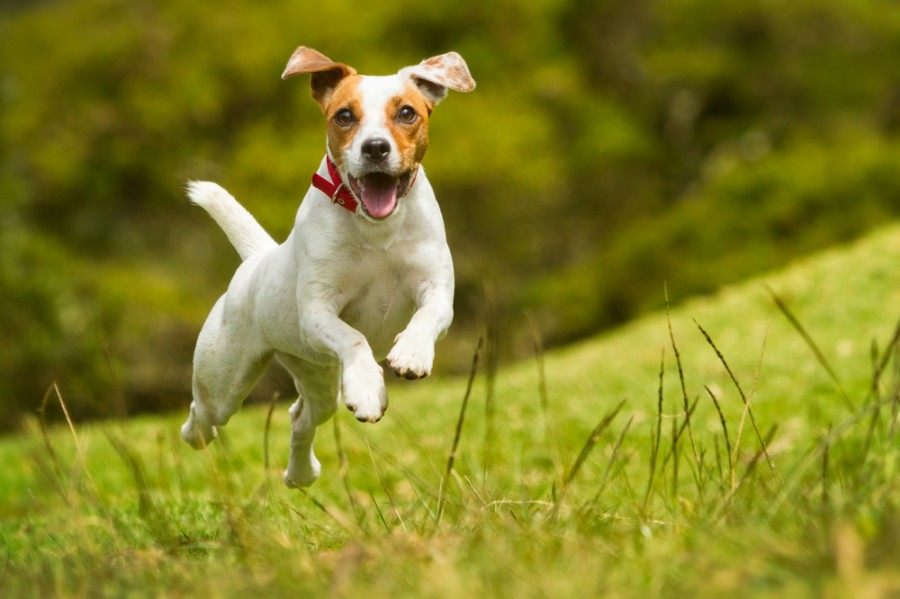
Everyone knows that dogs need plenty of space to run around and get their exercise. It can help prevent destructive behaviors from forming, as well as keep a dog in top health. As a general rule of thumb, the bigger the dog, the more exercise they need.
But if you don’t have lots of space for a dog to run around, then the best alternative is a dog run. This will provide ample room for them to stretch their legs and release excess energy. But what should you cover the dog run floor with?
In this article, we’re going to explore 10 of the best materials you can use that will keep your dog healthy and happy.
The 10 Best Materials for a Dog Run Floor
1. Natural Grass
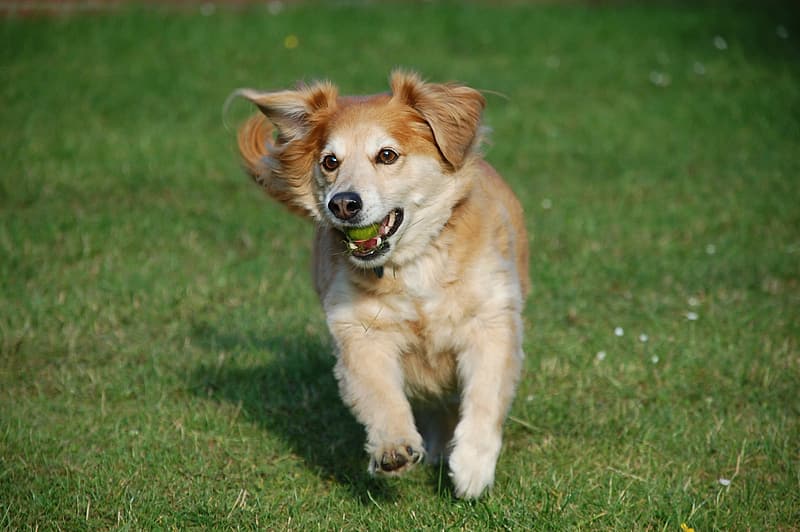
Depending on your situation, natural grass might be the best ground for dog runs and the easiest option to implement. Even if you don’t have a space to use as a dog run that’s already covered in grass, you could easily plant it in a dog run that you build. Of course, that means you’ll have to wait for it to grow! Grass is very soft and easy on your dog’s joints, bones, and paws. It’s also easy to maintain since it doesn’t really need much upkeep.
On the other hand, grass has quite a few drawbacks. For instance, the grass can get torn up pretty quickly from your dog’s claws, especially if they have only a limited space to run in. You’ll also have a harder time picking up their droppings from grass than other materials. Finally, it can get pretty muddy and messy when it gets wet, so every time it rains!
- You might already have it installed
- Easy to care for
- Have to wait for it to grow
- Gets muddy in water
- Can get torn up easily and quickly
- Difficult to remove droppings from grass
2. Artificial Grass
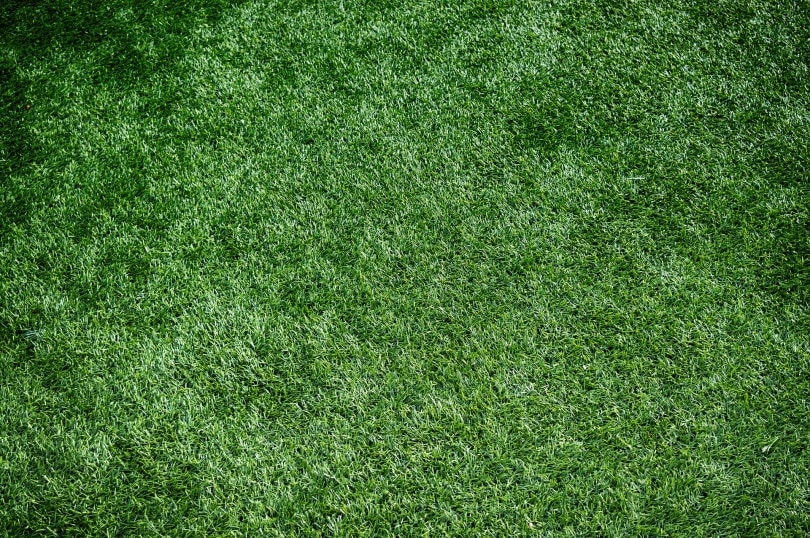
Artificial grass has a lot of the same benefits that real grass does, with fewer drawbacks. It’s not going to be a muddy mess if it gets wet. Moreover, artificial grass is much easier to clean than real grass, so your dog’s droppings won’t be as big of a deal. It’s also dead easy to care for since there’s nothing you can kill!
The downside to artificial grass is the price. It’s a rather expensive material, and if you have to pay for installation, the cost can increase exponentially. It’s also not a great choice in warmer climates because it can get very hot in the sun and potentially burn your dog’s paws.
- Very little upkeep
- Easy to clean
- Doesn’t get muddy like real grass
- Very expensive
- Can get hot in the sun and burn your dog’s paws
3. Concrete
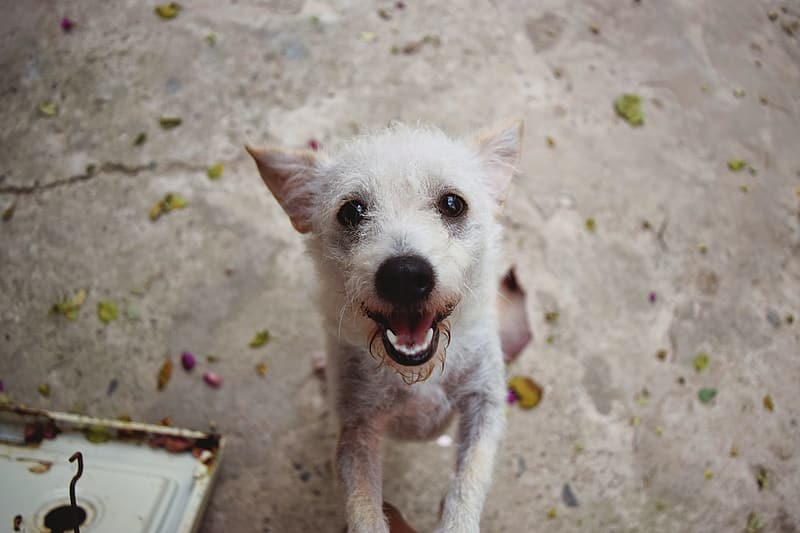
Concrete is about as durable of a material as you could use for your dog run. It won’t break down over time, even with constant exposure to weather and your dog’s claws. In fact, it can help keep your dog’s nails nice and trimmed so you won’t have to trim them yourself! But it can be a bit harder on their joints and paws than other softer materials.
One major benefit of concrete is how easy it is to clean. You can easily remove any droppings, and a quick pressure wash will remove any unwanted messes or staining. The concrete can even be slightly sloped to help water drain.
Keep in mind that concrete can absorb the sun’s heat and get quite hot. It’s not as bad as asphalt, but it can burn your dog’s paw pads if it gets too hot in direct sunlight. It can also get very cold in the winter, sapping the warmth from your dog’s body if they lay on it.
- Very durable
- Easy to clean
- Can be sloped to drain water
- Can help to keep your dog’s nails trimmed
- Gets hot in the sun
- Gets cold in the winter
- Harder on your dog’s paws and joints
4. Gravel
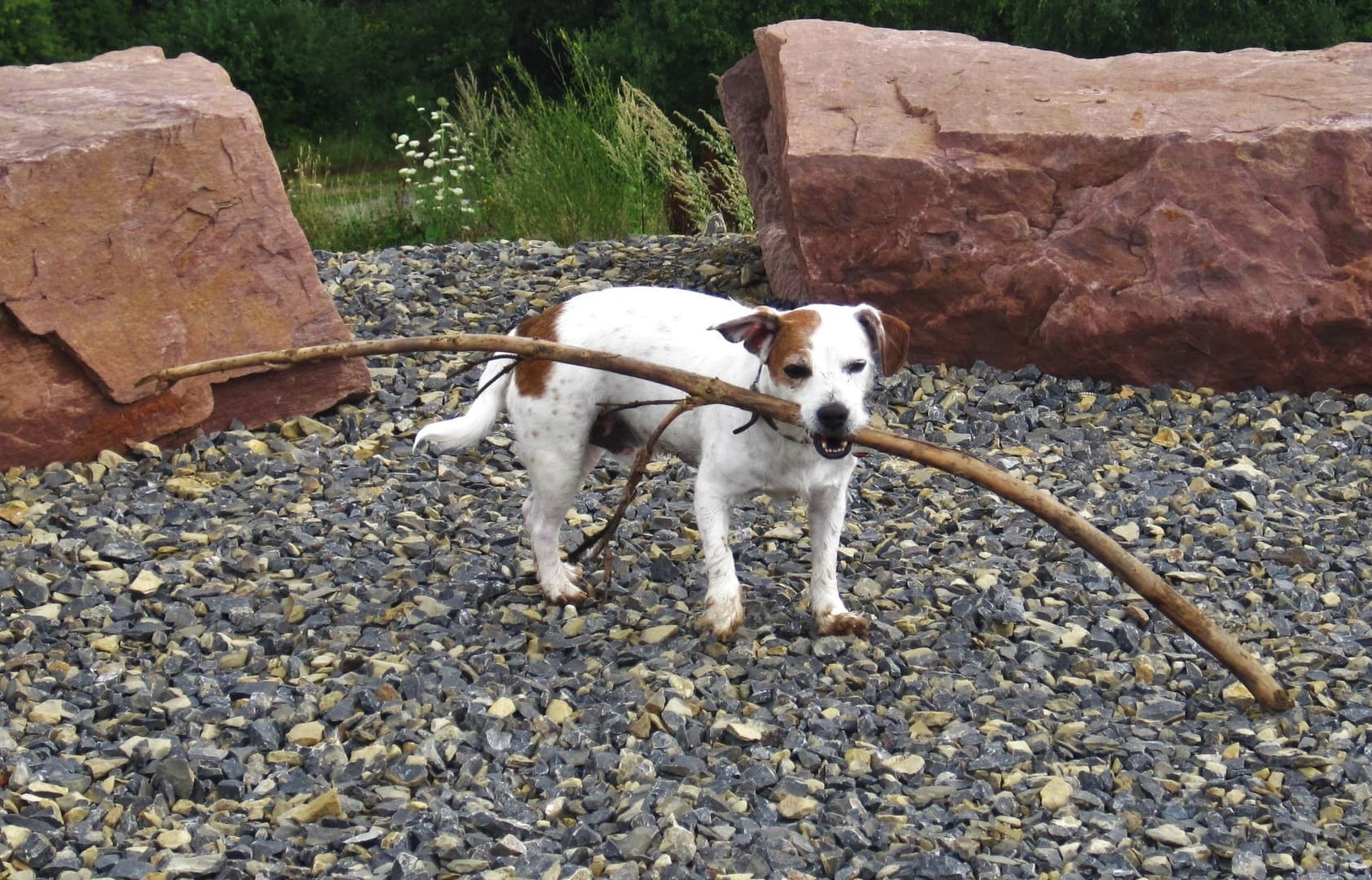
Gravel is another material that’s commonly used for dog runs. It drains water easily, it’s cost-effective, and it can help to keep your dog’s nails short like other hard surfaces.
But gravel can also get pretty hot in the sun. It also tends to get thrown around when your dog runs, creating paths that need to be raked out on a regular basis. And if your dog is a digger, then you can expect a lot of messes to clean up!
Of course, there are many types of gravel available, and some are better than others. You might try pea gravel or crushed limestone instead of regular gravel. Both are priced reasonably and will hold less heat than other types of gravel. Plus, limestone can help reduce the smell of droppings and urine.
- Cost-effective
- Easy to find
- Simple to install
- Drains water easily
- Retains heat
- Needs regular raking
- Dogs that dig can make a mess of it
5. Dirt
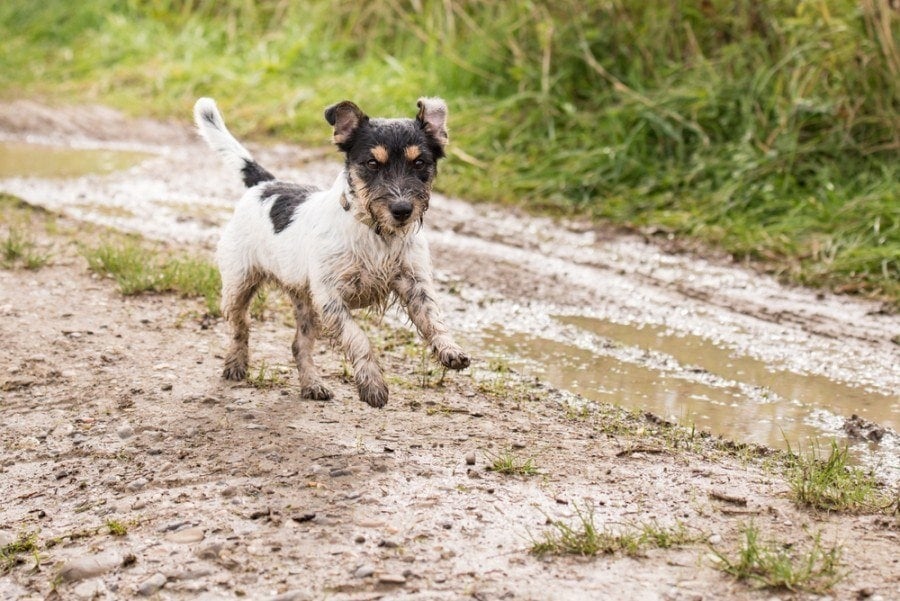
Dirt is cheap—free if you dig it from your own yard—and it’s soft on your dog’s paws. It might already be the surface where you’re building your dog run, which would make it the easiest material to use. Unlike many other options, dirt won’t retain much heat from the sun, so your dogs won’t get burnt.
But dirt can be quite a mess. Your dogs might track it inside after each run, and it’s worse after it rains! That mud won’t be fun to clean up from your floor. Dirt also isn’t the most visually appealing option, though it definitely is the cheapest.
- Very cheap
- You might already have dirt in your dog run
- Won’t burn your dog’s paws
- Not very visually appealing
- Gets muddy in the rain
- Increases the amount of mess you need to clean
6. Stone Pavers
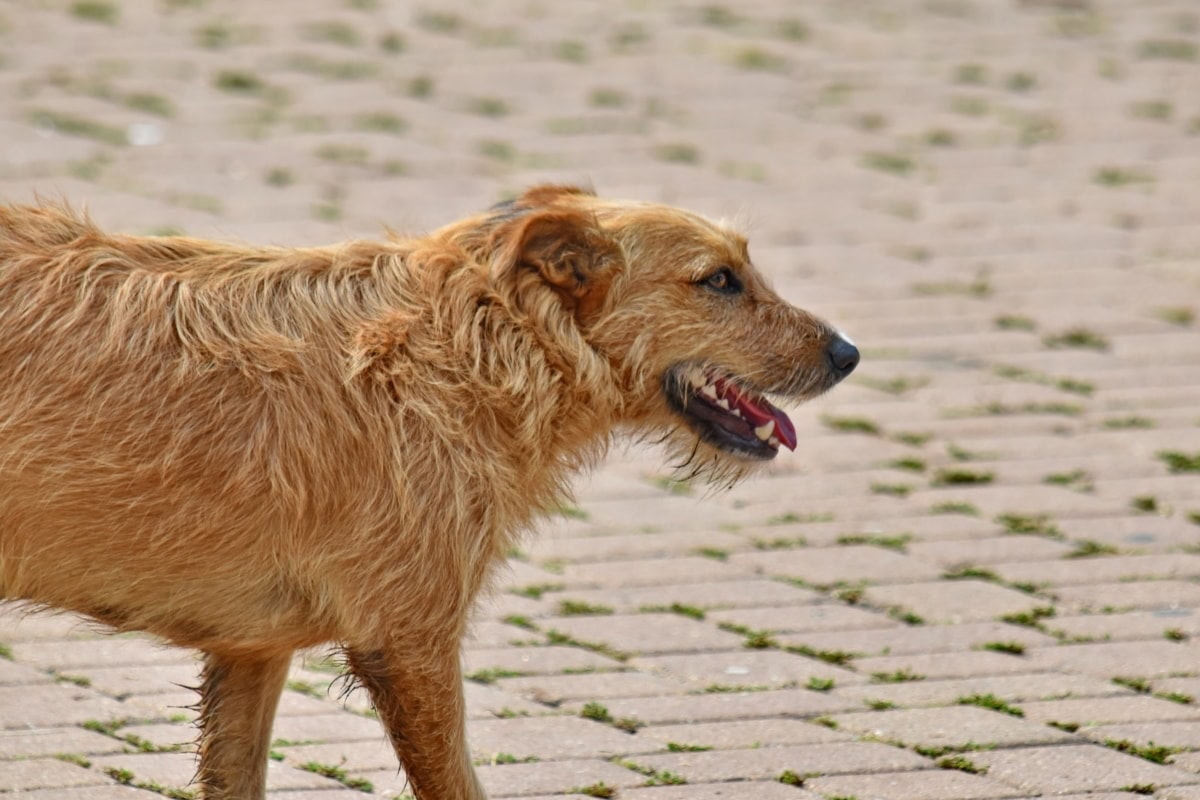
Stone pavers are relatively inexpensive and they’re much more attractive than many of the other materials you could use in your dog run. They create a slip-resistant surface so your dogs will get plenty of traction, and it will also help to keep your dog’s nails short and trim.
When it comes to cleaning up dog waste, pavers make it simple. You can easily pick up anything solid and simply hose off the rest.
Like many other hard surfaces, paving stones can get pretty hot in direct sunlight, which can, in turn, burn your dog’s paws. But if you live in a cooler climate or you can keep them shaded, then pavers are an excellent choice for any dog run.
- Relatively inexpensive
- Helps to keep your dog’s nails trimmed
- Offers easy cleanup of dog waste
- Can get hot in direct sunlight
7. Wood Chips
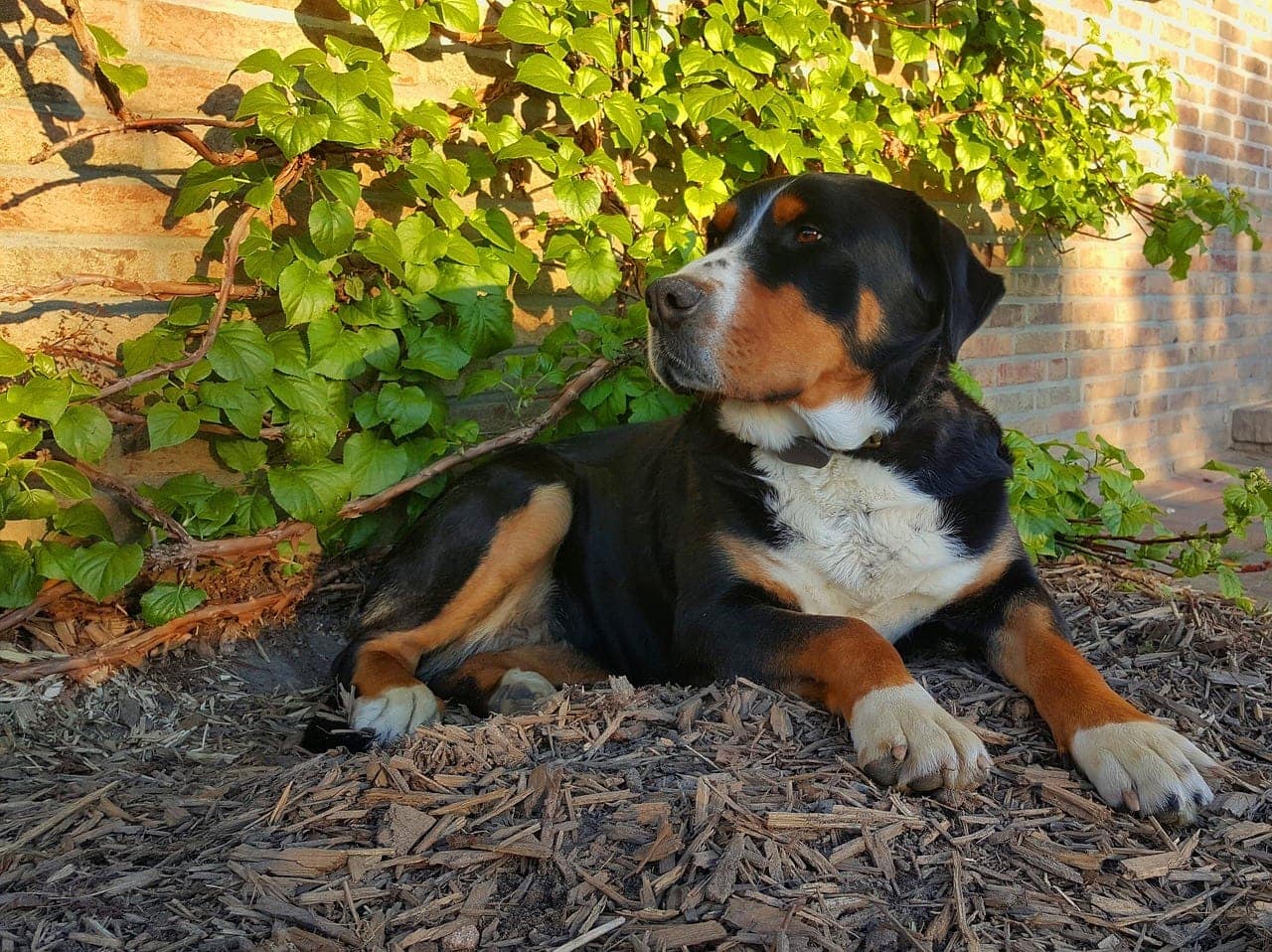
Wood chips are one of the more attractive ways to fill your dog’s run. Once filled, it will look similar to a planter box. They’re also soft on your dog’s paws and won’t retain any heat from the sun to burn your pups.
But you will have a hard time cleaning up all the mess in wood chips. You can pick up the solids, but the wood chips will absorb the urine, creating a perfect breeding ground for all sorts of bacteria. You’ll also have to replace any wood chips lost from picking up the solid waste.
Wood chips can also become quite a mess. This is especially true if your dog likes to dig. They’ll have an easy time digging up wood chips, and scattering them about the area for you to clean up. You’ll also likely experience plenty of wood chips being dragged inside, so expect to have to pick them up regularly.
- Soft on a dog’s paws
- Doesn’t retain heat
- Attractive looks like a planter box
- Creates excess mess
- Absorbs urine
- Must replace wood chips lost when cleaning solid waste
8. Composite Wood Flooring
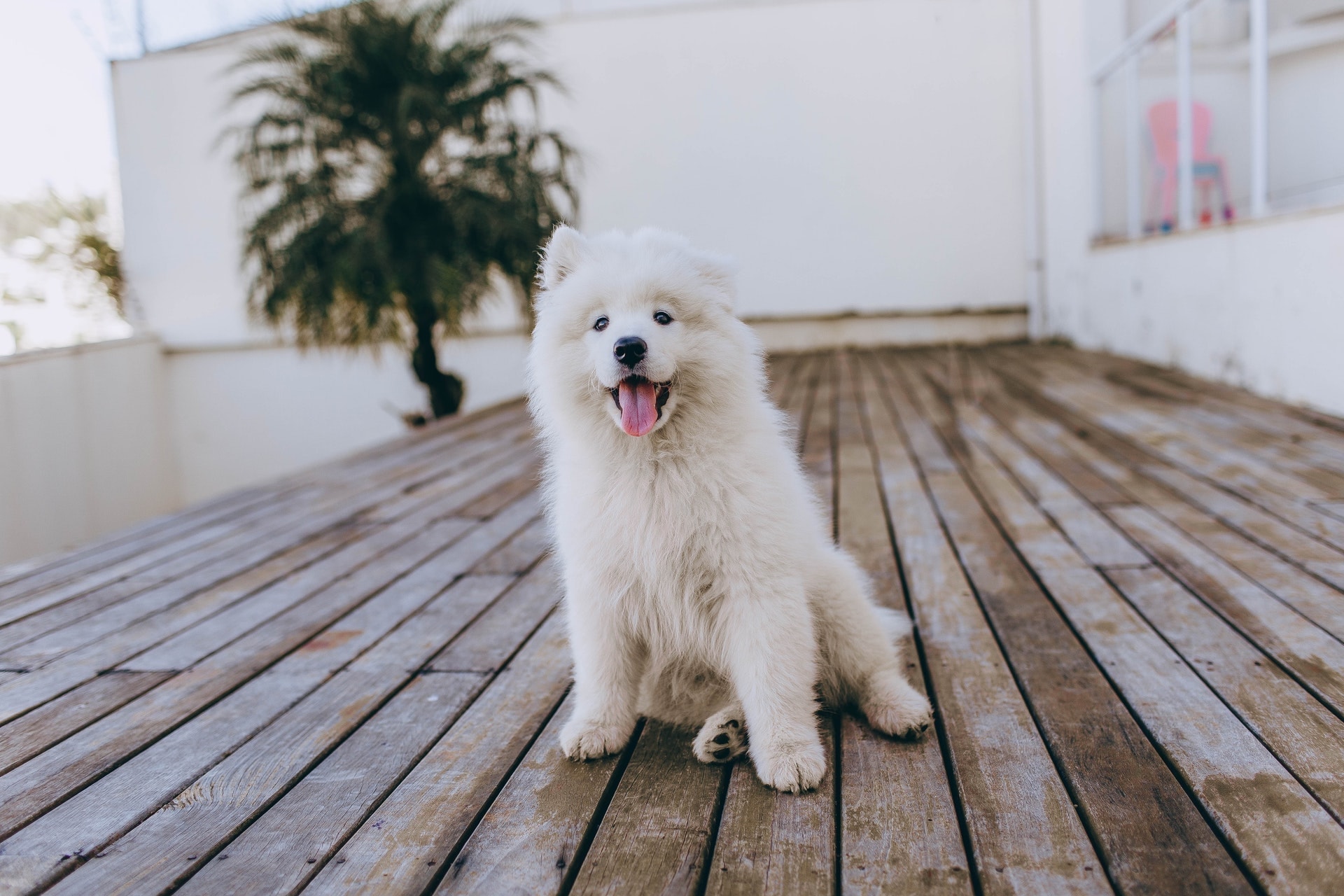
Composite wood flooring, such as that used for decks, is another great option for your dog run. It’s weather-resistant and won’t develop mold or mildew. Plus, it’s very simple to clean. Solid waste can simply be picked up and any other mess can be rinsed off.
Of course, composite wood is one of the more expensive options on our list. It’s also more difficult to install than other materials that you might use instead. But it will hold up for a long time in all weather conditions.
Composite wood is soft enough to be easy on your dog’s paws and joints, but hard enough to help keep nails trim. It doesn’t reflect heat as much as other materials we covered, but you’ll still want to be careful if it’s in direct sunlight for too long.
- Withstands all weather conditions
- Offers easy cleanup
- More expensive than other options
- More difficult to install
9. Sand
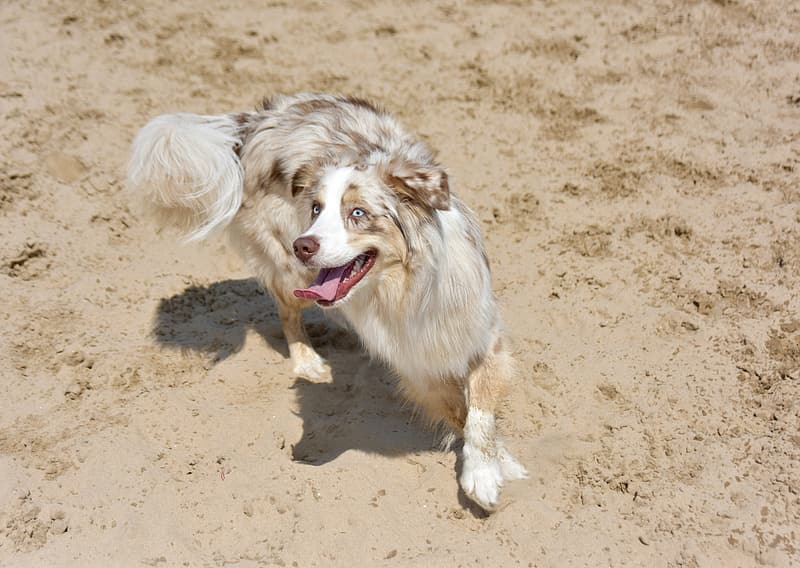
Sand is really soft and easy on your dog’s joints, bones, and paws. It’s also very inexpensive and easy to install. You can easily remove any sand that’s contaminated by waste, but you’ll have to constantly replace whatever you remove.
In hot climates with direct exposure to sunlight, sand can get very hot and burn your dog’s paws. Think about times you walked down the beach barefoot and could feel the intense heat!
Another issue with sand is that it’s easy for dogs to dig. If your dog likes to make holes, you can expect to find piles of sand littering your backyard from where it was dug out of the dog run.
- Cost-effective solution
- Easy on your dog’s paws and joints
- Easy to remove any sand contaminated by waste
- Easy to dig
- Gets hot in direct sunlight
10. Rubber Matts
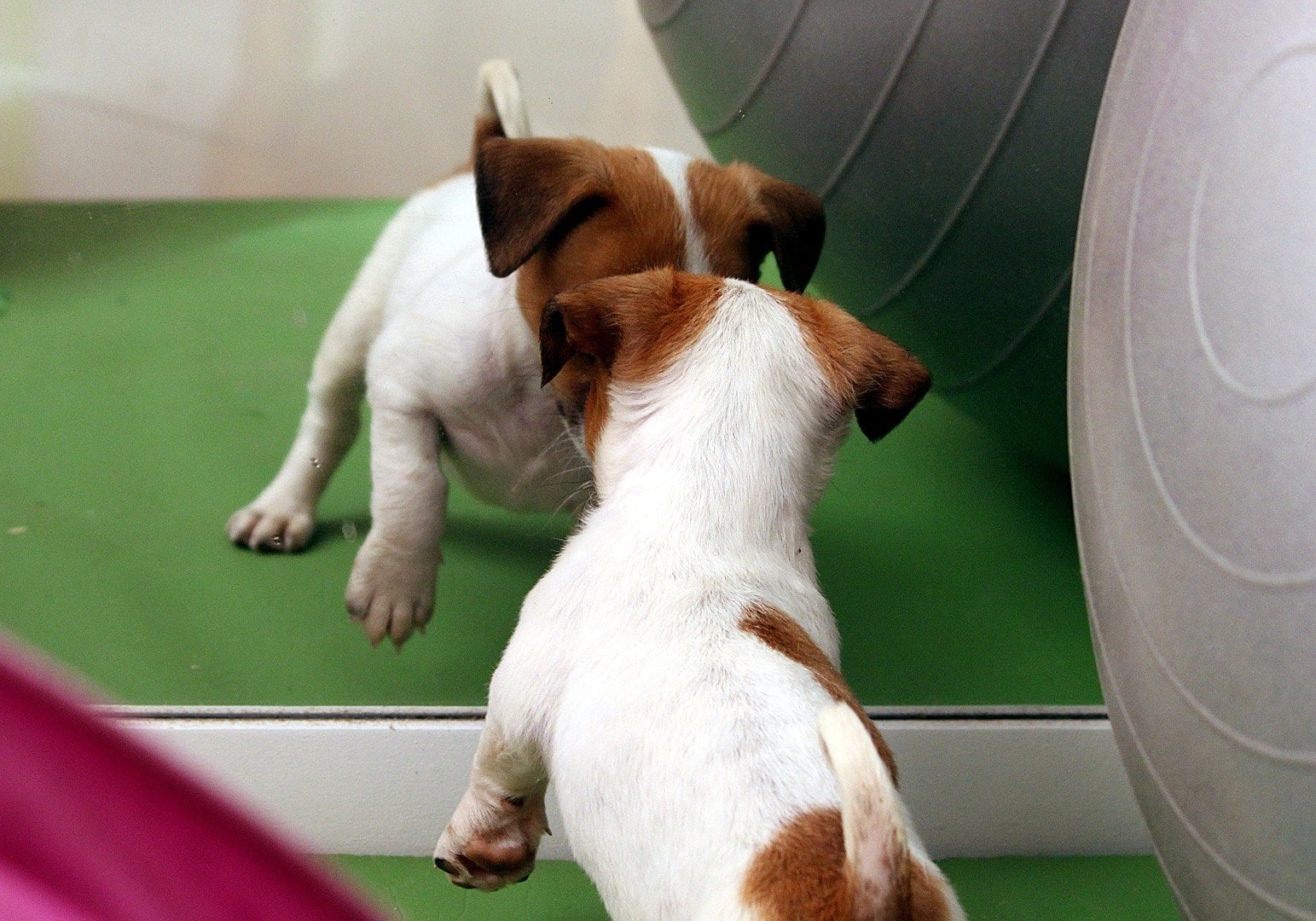
You’ll often find rubber mats used in kennels and dog boarding facilities. It doesn’t absorb urine or the smell, and it’s easy to remove solid waste. You can wash it off with a hose to remove any mess that’s left.
No matter what shape or size your dog run is, you can easily cut rubber mats to fit. Plus, it’s soft and absorbs the shock of your dog’s steps, making it safe for their joints and bones.
Rubber mats won’t reflect the heat of the sun the same as other materials, but you’ll want to be sure that the mats you choose can withstand exposure to direct sunlight. Also, keep in mind that rubber mats are one of the more expensive options on this list, so you’ll be shelling out quite a bit to use them. But they’re very durable and long-lasting and you won’t need to replace them when you remove waste!
- Durable and long-lasting
- Doesn’t reflect the sun’s heat as much as other materials
- Easy to clean
- Easy on your dog’s joints and bones
- Can be cut to fit any size and shape dog run
- They’re one of the more expensive options
- Not all rubber mats can withstand exposure to direct sunlight
Conclusion
There are plenty of options to choose from when it comes to surfacing your dog run. If your dog is a known digger, you might opt for one of the more solid materials to prevent them from digging holes and making a mess. If you live in a hot climate, you might consider looking for a material that doesn’t reflect the sun’s heat.
Or if you’re on a budget, you might just look for the cheapest option available. No matter your situation, one of these ten materials should offer you an excellent solution.
Featured Image Credit: Ammit Jack, Shutterstock

